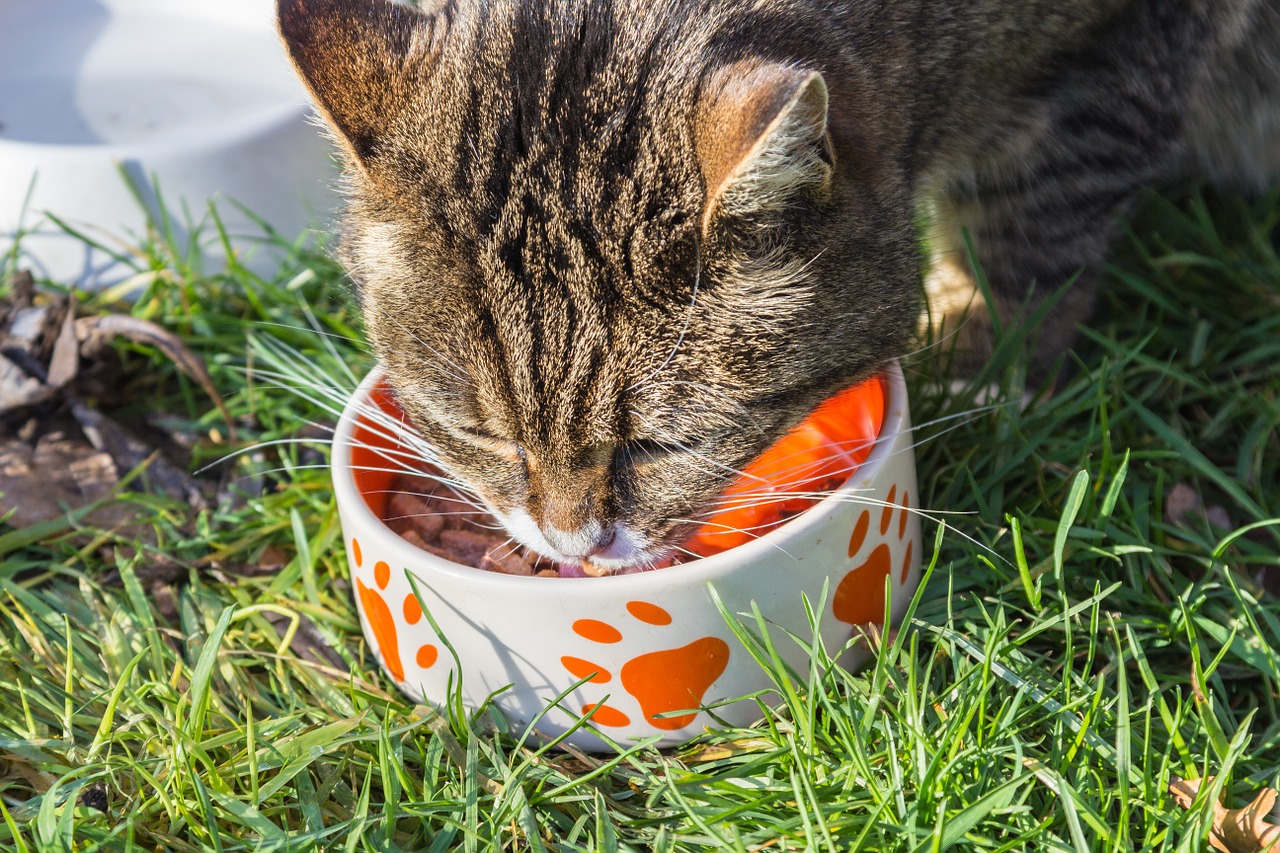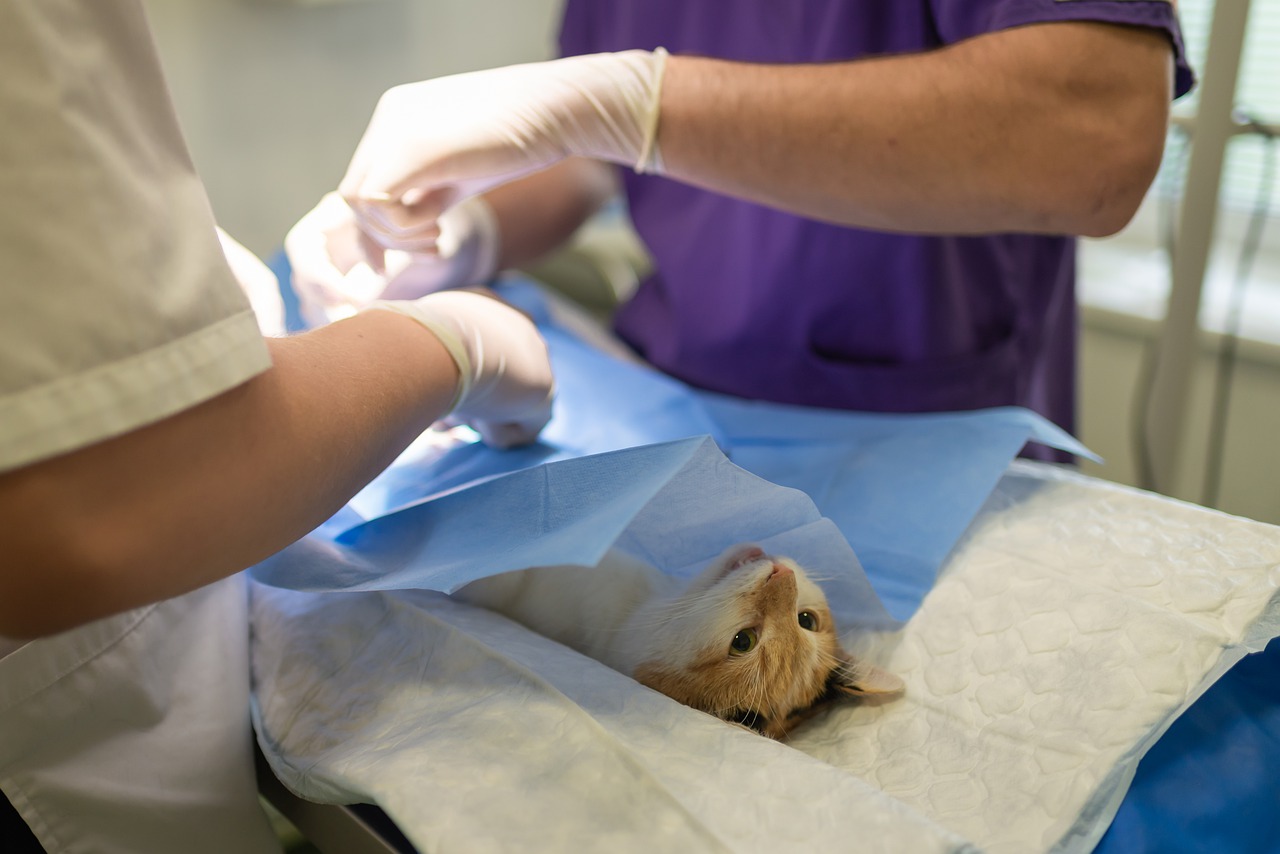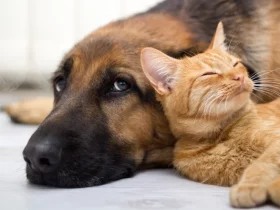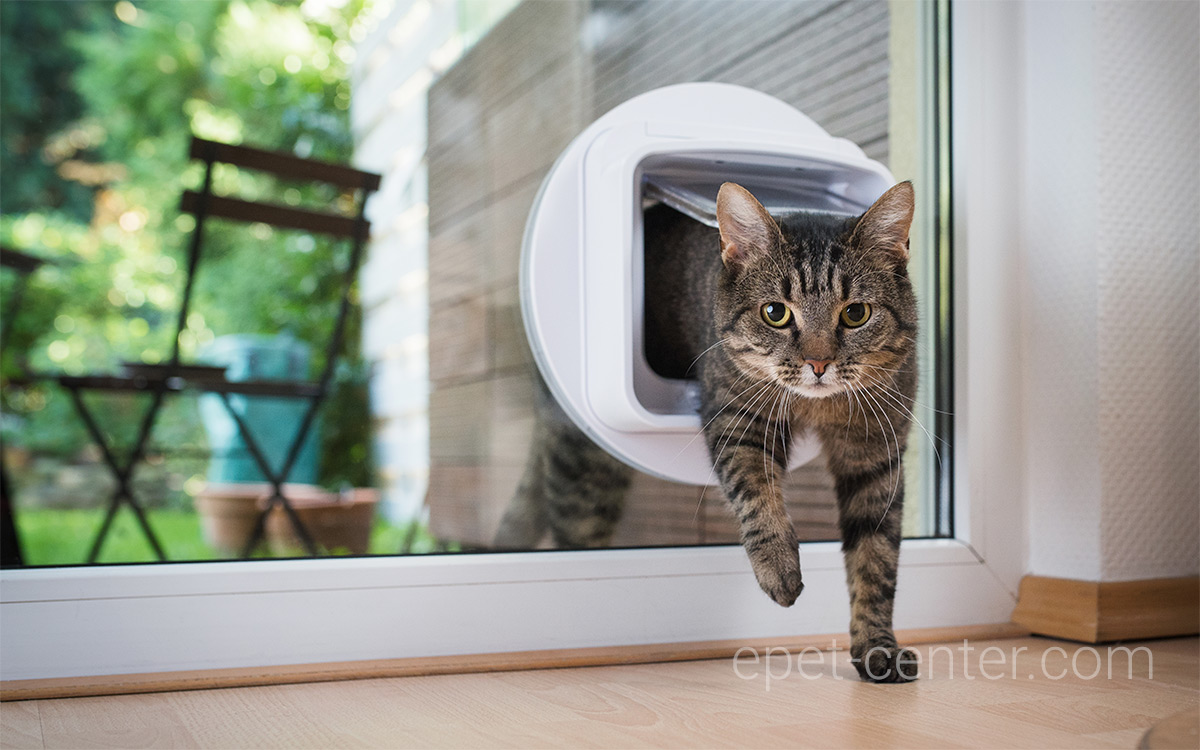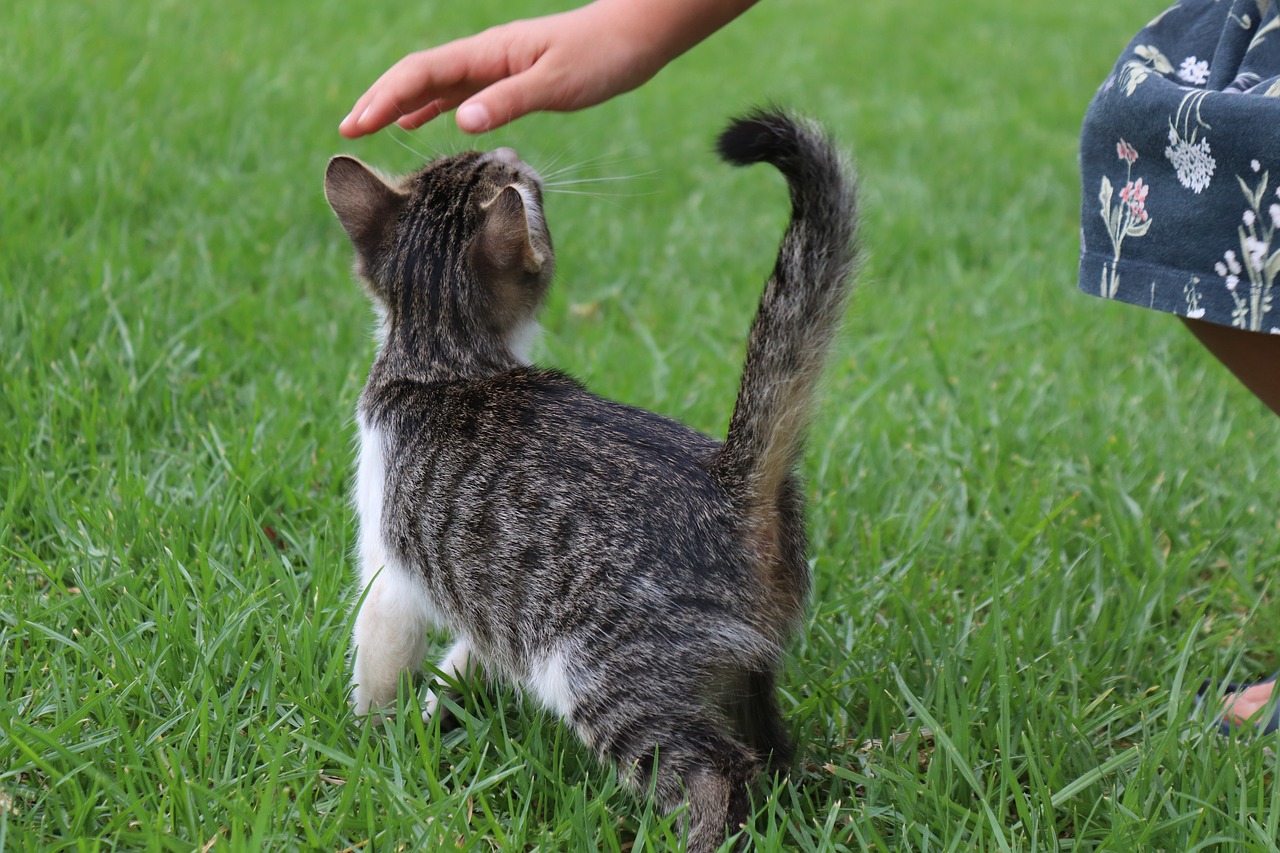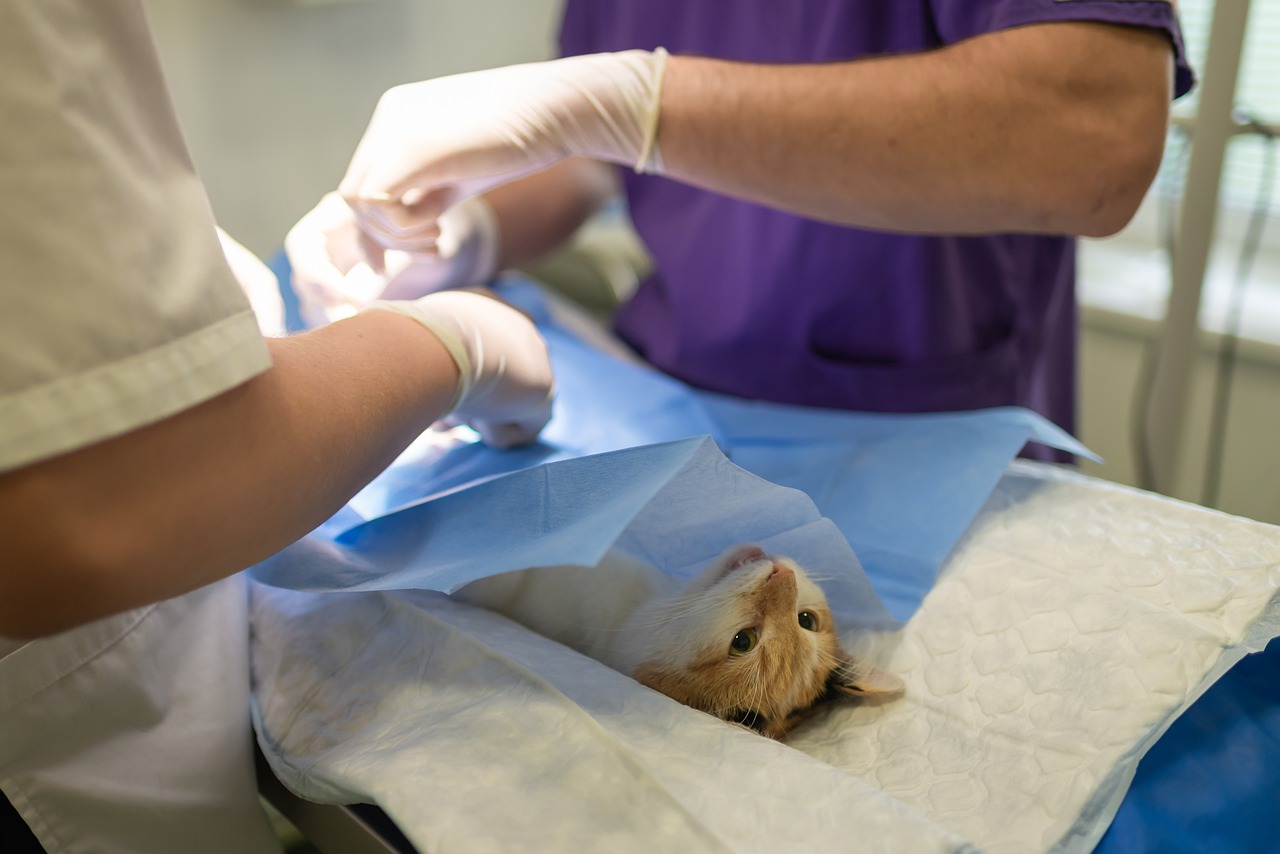Learning about feeding and training a cat is one of the basics of cat ownership. Some people laugh when I talk about teaching a cat to behave in a certain way, but it is possible to train a cat to act in a certain manner. Although they might not want you to know it, cats are quite intelligent and can be responsive to learned behavior. Training your cat to act properly will keep harmony in the household. Being able to train properly depends on your cat being happy and healthy and one way to insure this is to feed him the right foods.
Semi-moist foods are usually less expensive because they contain some vegetable protein and are usually supplemented with nutrients to make them nutritionally complete, especially for growing kittens.
Dry foods contain about 10 percent water and less fat and protein then semi-moist foods. Cats on dry diets should have plenty of water available. Some cats on dry diets may develop bladder problems. Milk, water, or gravy can be mixed with the food to improve palatability and to ensure that the cat gets adequate water intake. One may wish to feed canned foods occasionally to help prevent bladder problems, get the cat used to different types and textures of foods, and ensure tat the cat gets a balanced diet. Dry foods do have the advantage of helping to clean the teeth and prevent the buildup tartar.

The amount of food one gives depends on the cat’s age, weight, breed, condition, and amount of activity it gets. Cats and young kittens will not consume enough food in one meal to last 24 hours. Two meals are recommended and young kittens and females that are pregnant or nursing require more frequent feedings.
Cats should never be given a diet of dog food because it contains large amounts of cereals and vegetables. Because of this, the cat may not get enough animal protein. Dog food also lacks necessary amounts of vitamins A and B and some essential fatty acids. Many times cats will be seen eating grass. The exact reason for this is not known, but it may be an attempt to increase roughage in the diet or to eliminate a hairball.
The amount of exercise a cat needs varies considerably depending on the on the breed and where its home is. A cat living in a city apartment may get very little exercise, whereas one living in rural areas may be allowed to runs free. Apartment cats may need to be furnished with toys, cardboard tubes, or other play equipment to provide them with means to exercise Owners of valuable purebred or snow cats may not want their animals to run free where they risk injury, loss, or unwanted litters. Outdoor cats get plenty exercise however, they run a greater risk of injury from fights, of death or injury of the roadways, and of contacting diseases and parasites. Cats living in indoors should have clean litter box and plenty of water. Owners should be aware of plants that are poisonous to their pets and other dangers if the cat is left alone for long periods of time. To protect the furniture, cats should be trained to use a scratching post.
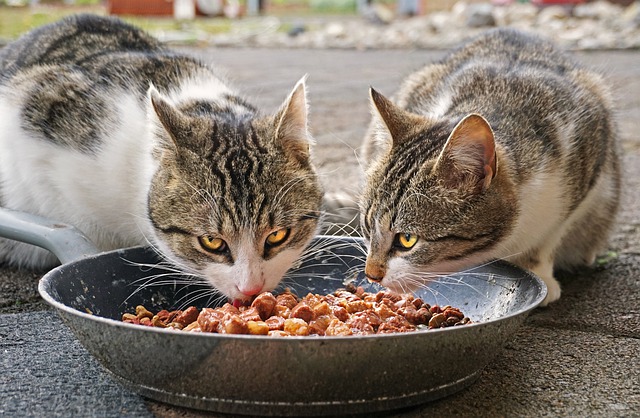
Cats scratch to sharpen their claws, to remove loose scales and fragments of dry skin, and to leave a mark for other cats. Kittens should be trained to use a scratching post as soon as they are weaned. The kitten should be held by the scratching post and its claws placed on the post. The kitten will soon learn what to do and will usually come to the same post a cloth covered post may offer the cat an alternative to clawing on soft furniture and draperies.
Correct toilet training is easier with cats than with dogs because cats naturally cover their urine and feces. If a mother cat does a good job of raising her litter, she will probably train them to use a litter box. If a kitten does not know what the litter box if for, can train it easily. Holding it front paws, the owner should show it how to scratch the litter material. Every time the kitten appears to be looking for a place to urinate or defecate, it should be placed in the litter box.
Urine spraying is a natural part of a cat’s behavior. The male cat will spray walls and furniture to mark its territory. If one can catch the cat in act spray it with a water pistol. Another alterative to try is to hang aluminum foil around the spraying areas. Also, one can try feeding the cat in the target areas, because cats will usually not spray near feeding areas.
Some cats can be trained to sit, beg, jump, through hoops, and do other tricks. Training should be similar periods, firm verbal commands, and instant rewards. Whether a cat learns any tricks depends on its intelligence and whether it wants to oblige. In any case, training should not be forced on a cat that does not appear interested.

